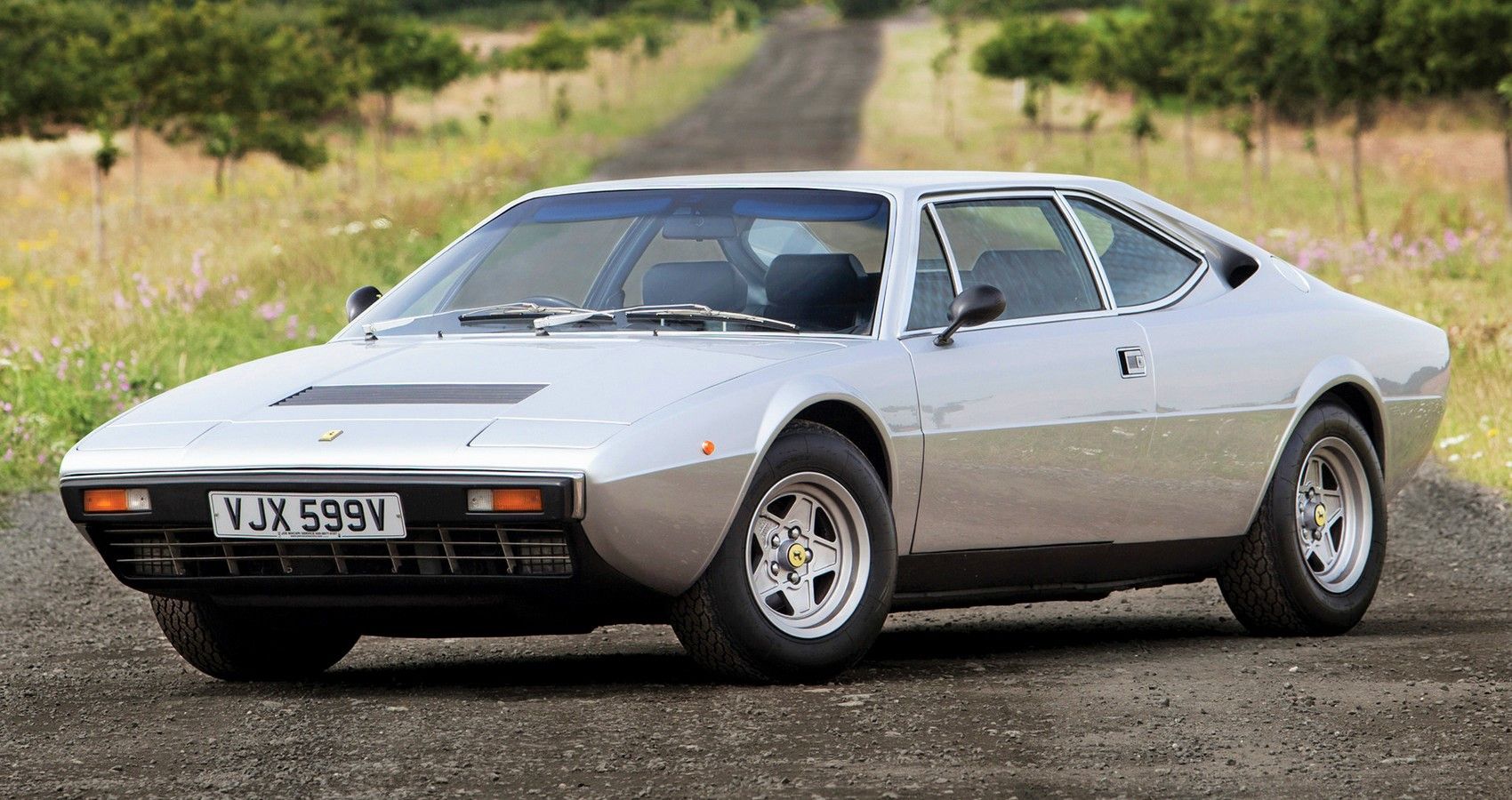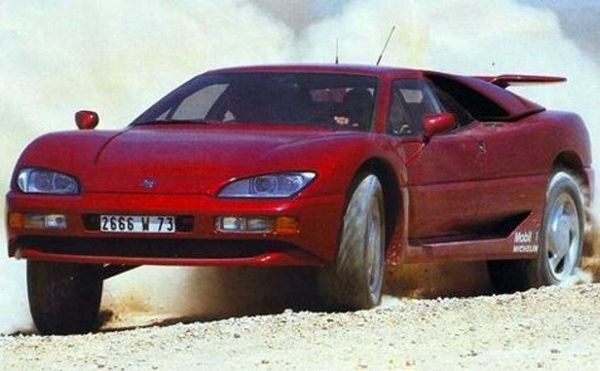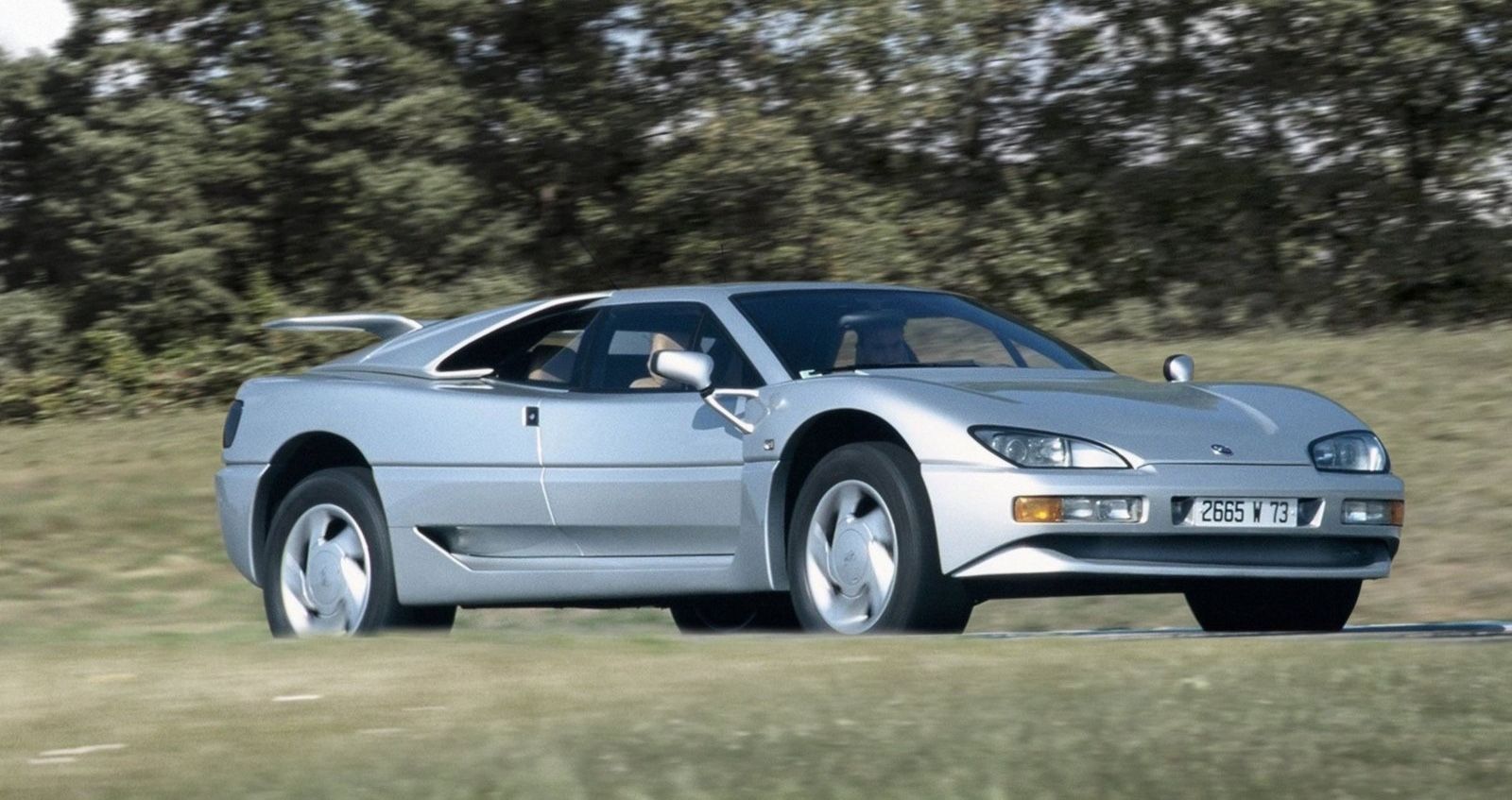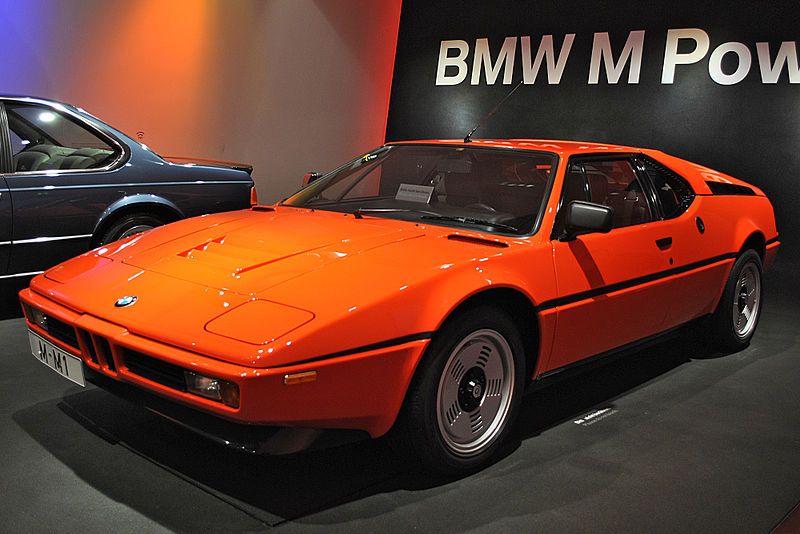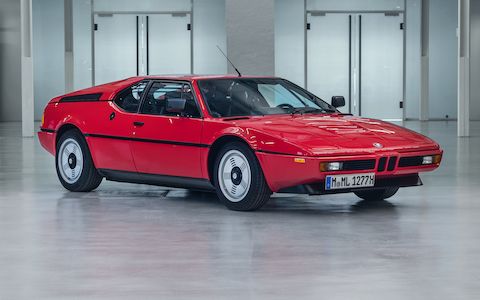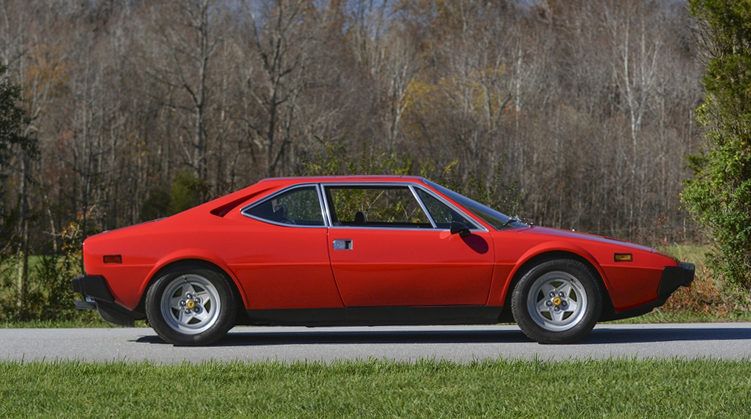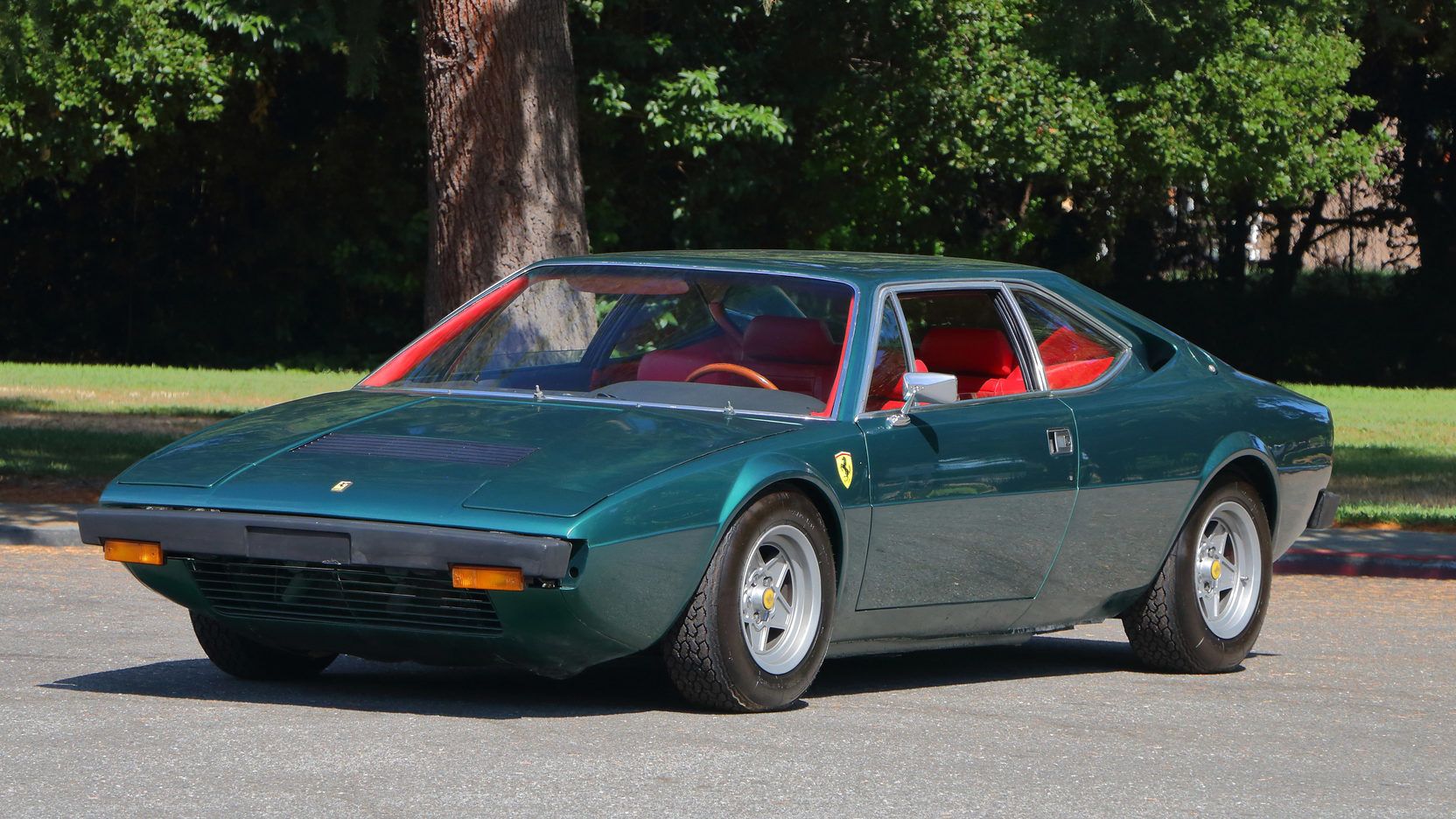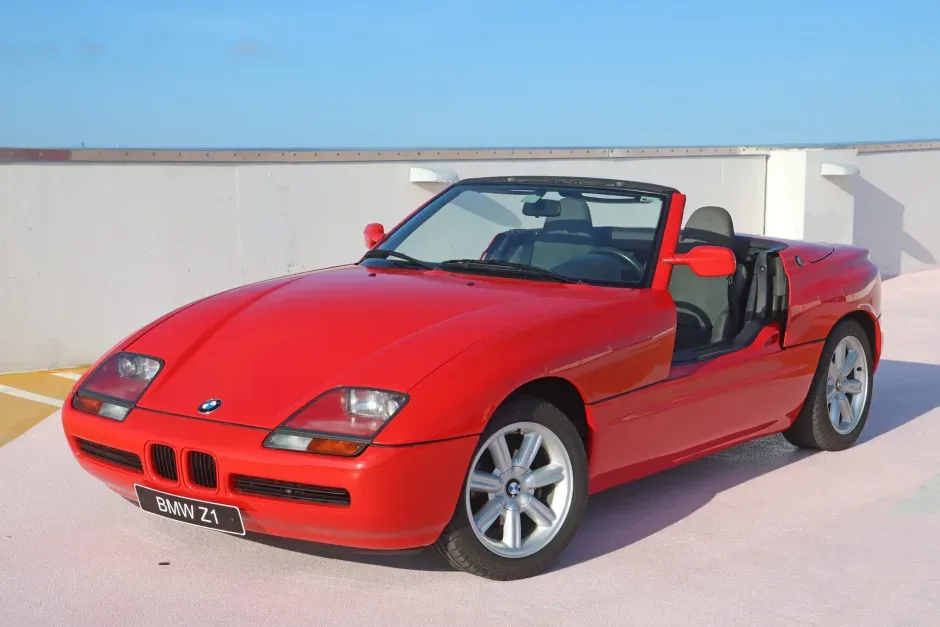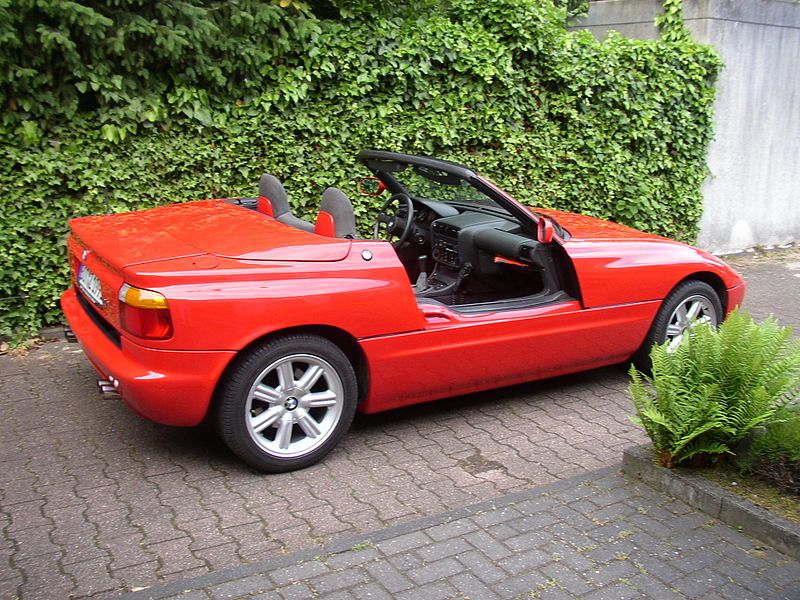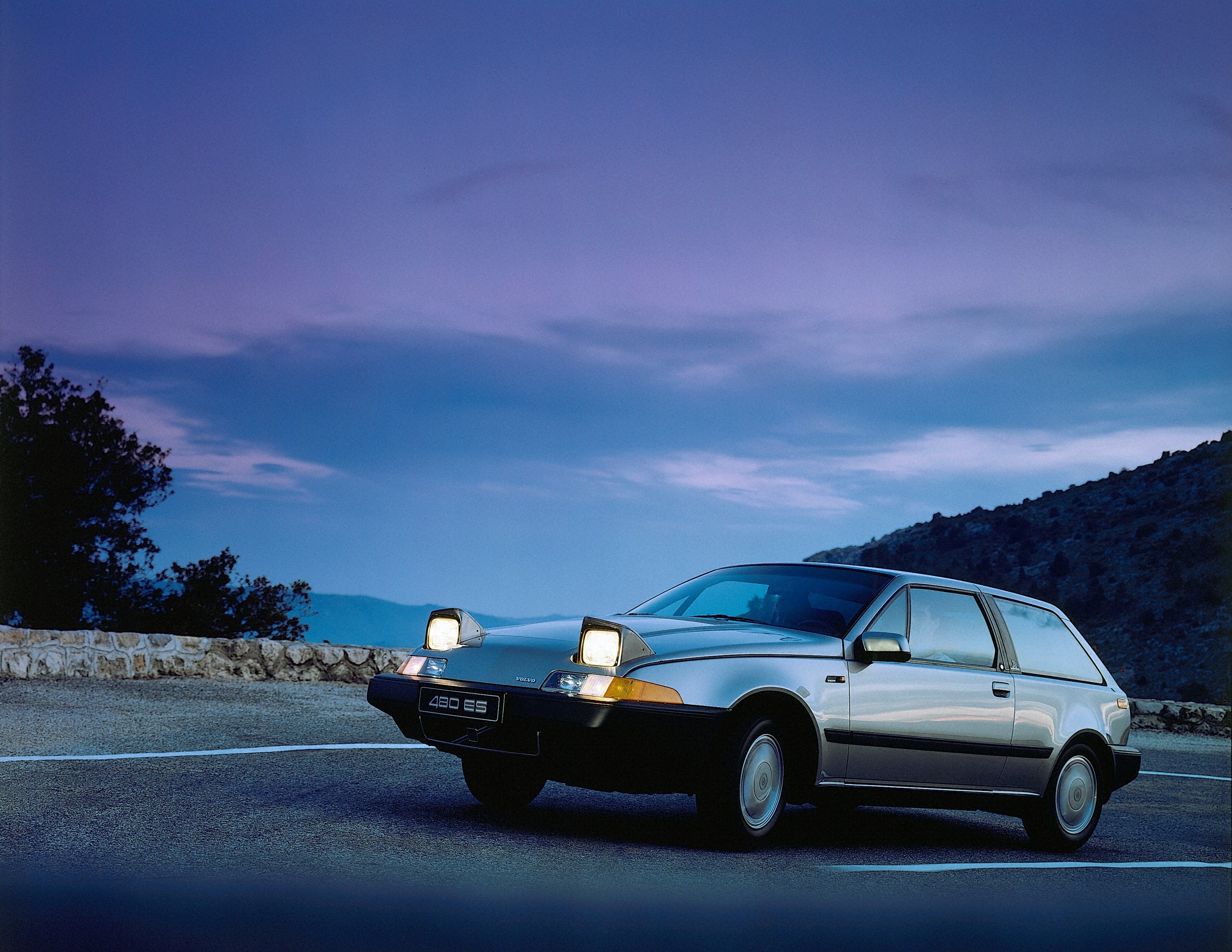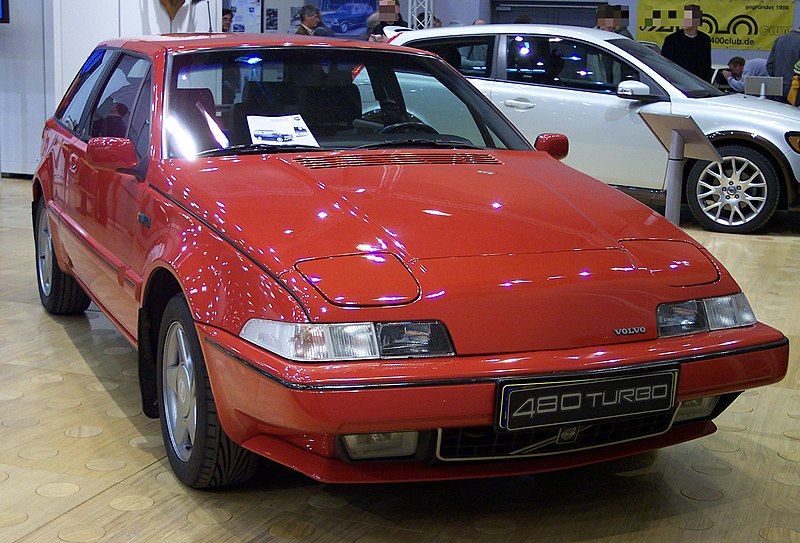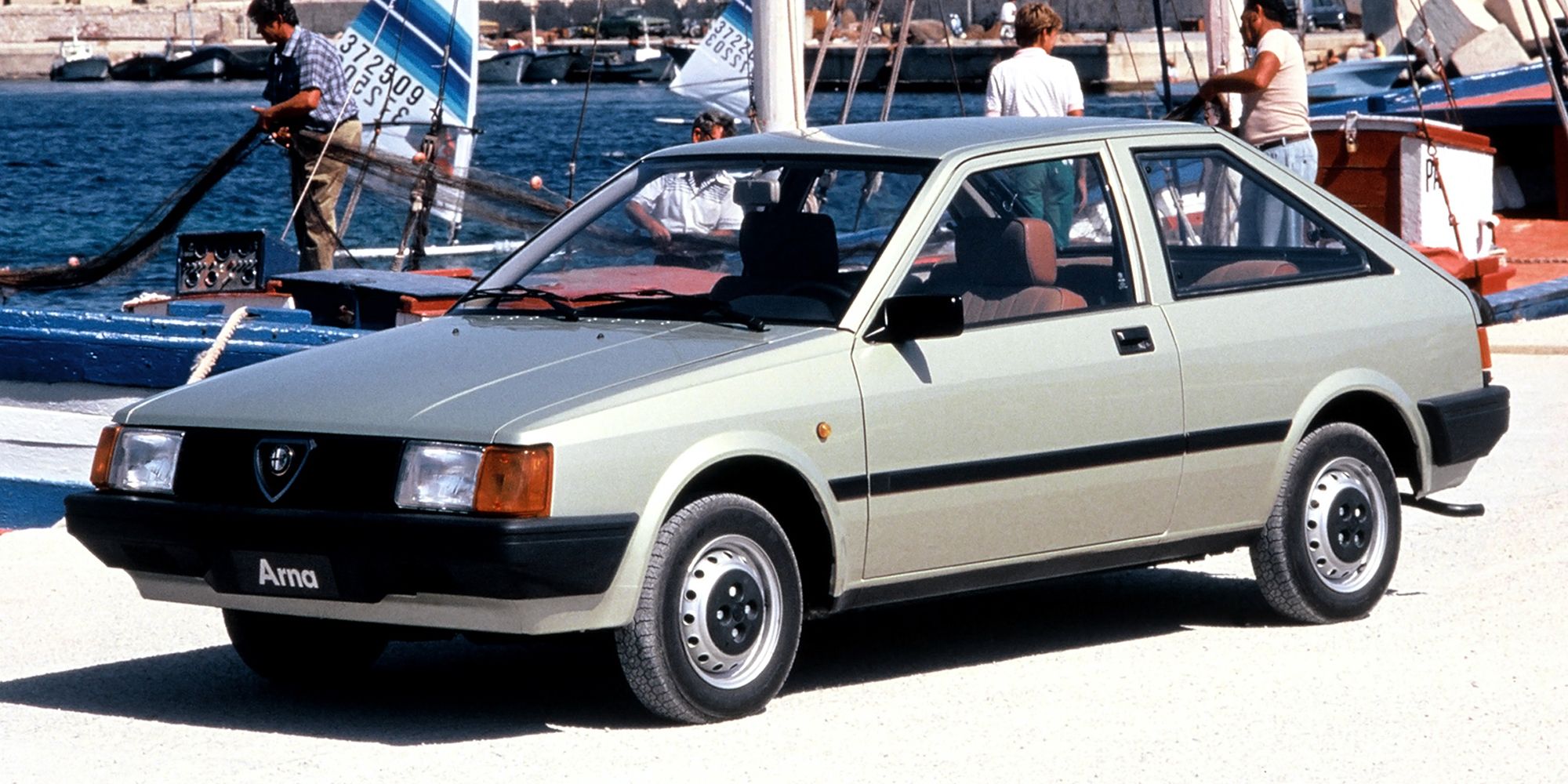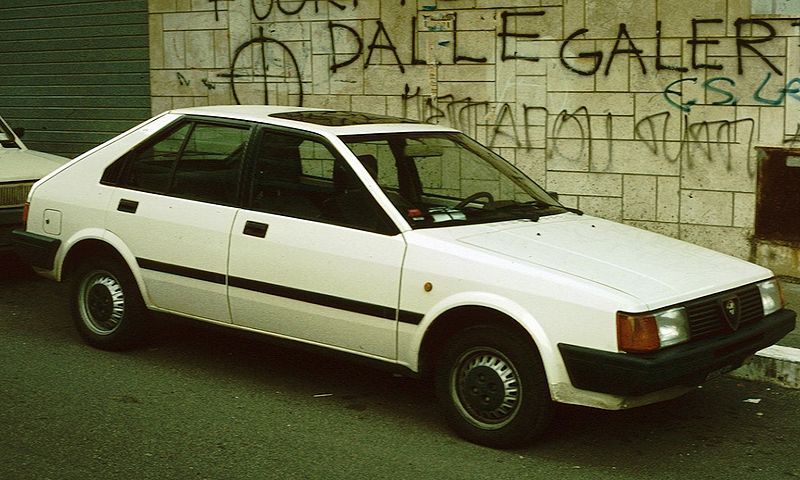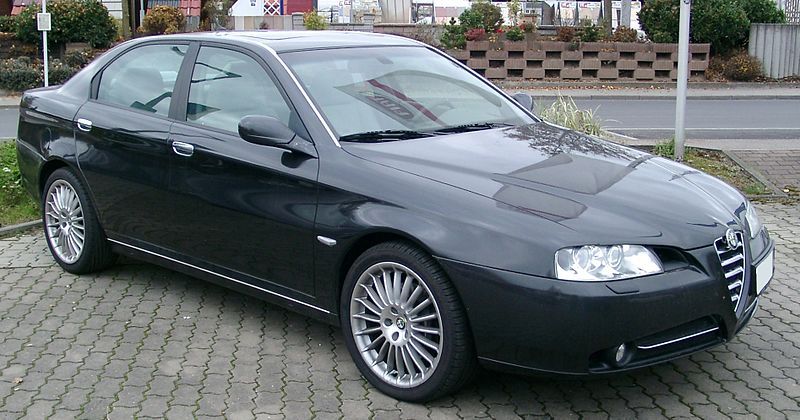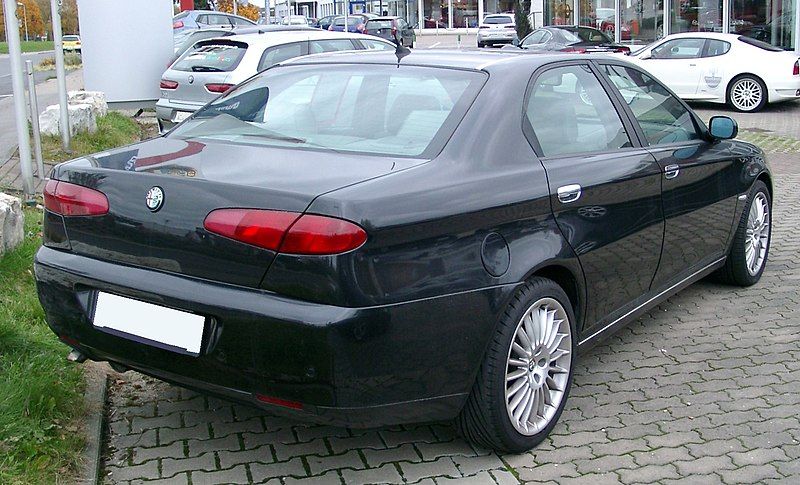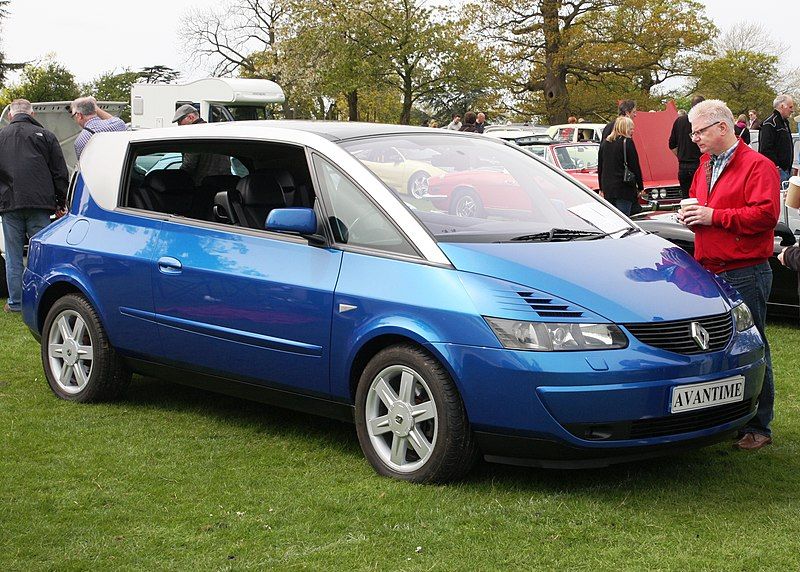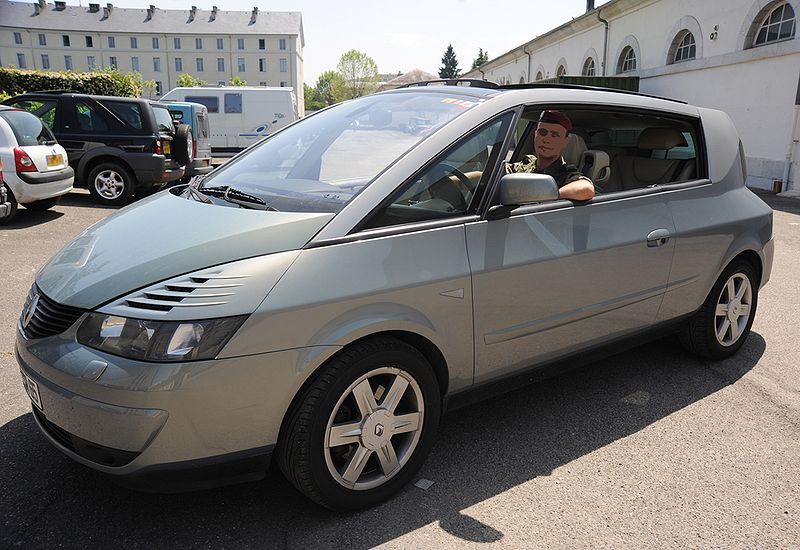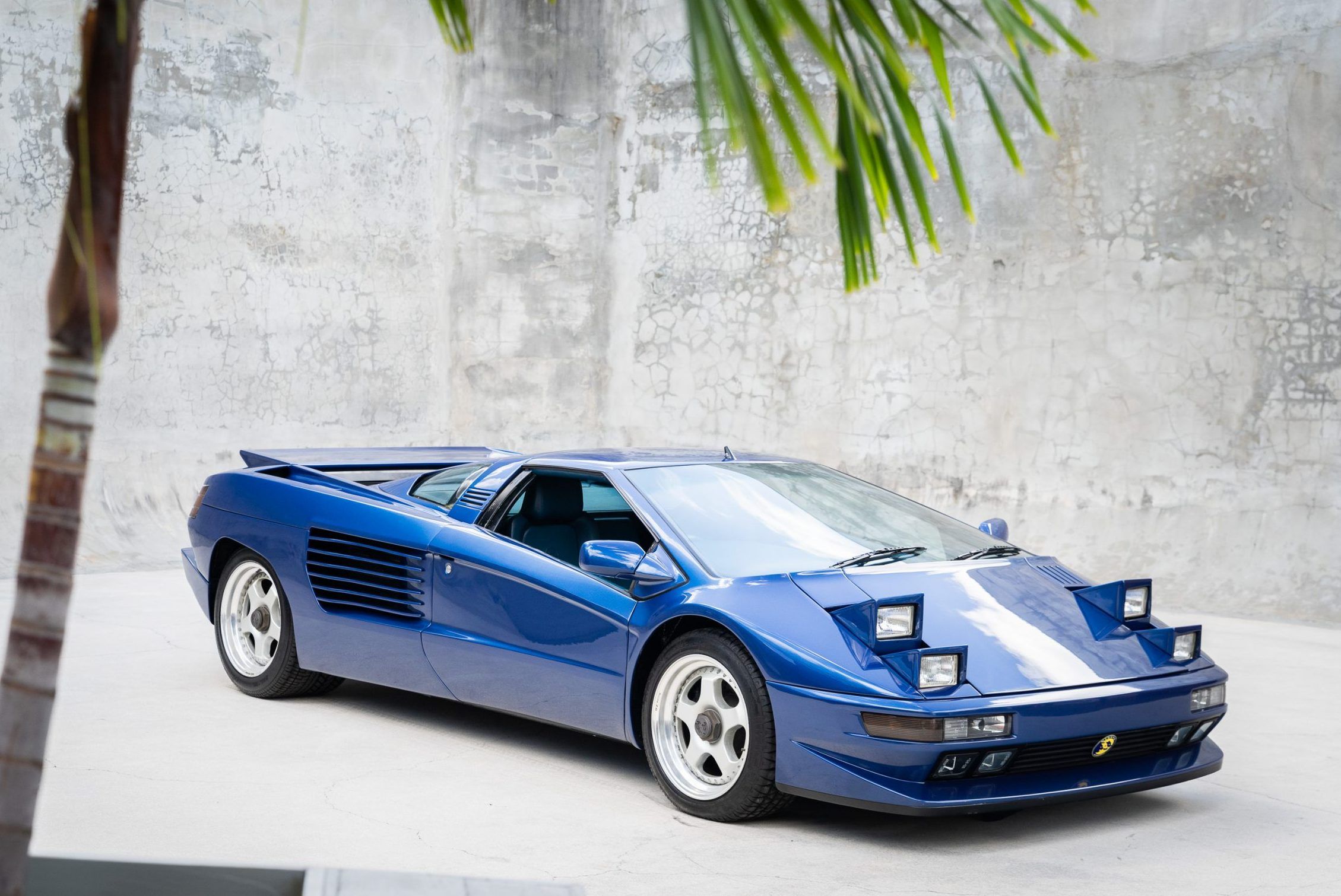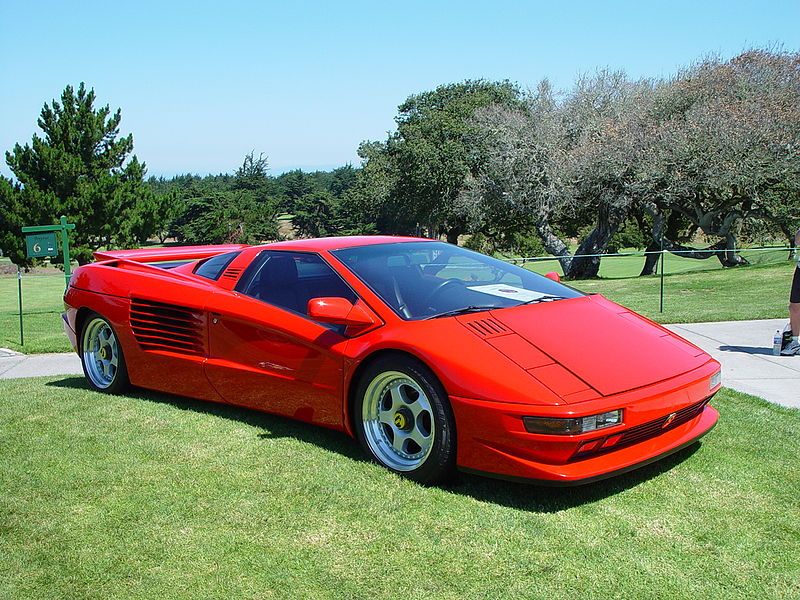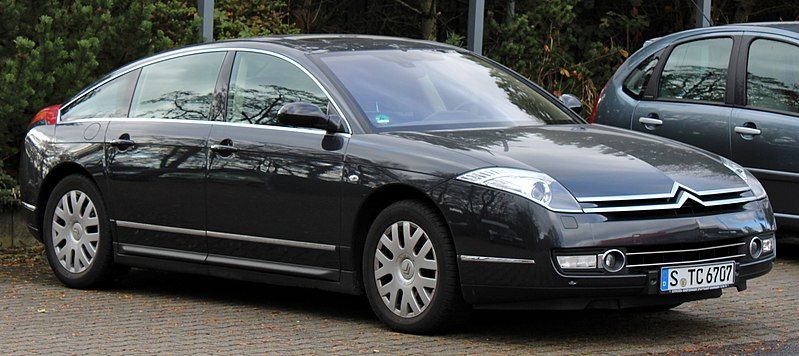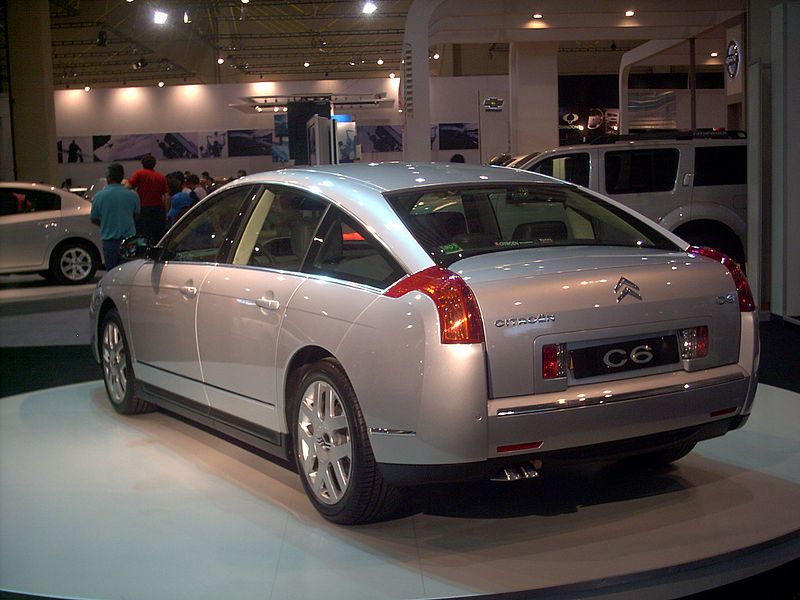The European automotive industry is crucial not only to Europe's prosperity but also to the development of automobiles in general. European carmakers are responsible for some of the most amazing cars to grace the highways. This is a testament to the countless years of experience they have under their belt. When it comes to reliability, you can think Japanese, and when it comes to unadulterated straight-line fury, think American. However, when it comes to the best-looking and the most refined cars, the world looks to Europe.
Unfortunately, even the best of Europe's best carmakers have also had their fair share of misses. Some of these flops are not necessarily bad cars but victims of either a tight budget, poor planning, bad engineering, or bad luck. In each case though, they failed to impress the buying public and sales suffered as a result. So, here are 10 great European cars that flopped spectacularly.
10 Aixam Mega Track
Released in 1992, the Aixam Mega Track was not only longer and taller than most supercars, but it was also the heaviest. Advertised as an all-terrain GT coupe, it had about 8 inches of ground clearance which could be raised to about 13 inches.
A V12 engine hooked to a rear-wheel drivetrain provided 389 hp for a 0-60 mph time of 5.8 seconds. Furthermore, it was fun to drive and had a backseat that could seat 2 passengers in comfort. However, its good qualities failed to impress buyers, and only a handful of Mega Tracks were sold.
9 BMW M1
The BMW M1 was the first mass-produced mid-engined BMW and the first to wear the high-performance "M" badge. Built to race in the Manufacturer's Championship, it was powered by a 3.5-liter I-6 engine hooked to a 5-speed manual gearbox.
With 273 hp and 243 lb-ft of torque sent to the rear wheels, the M1 could hit a top speed of 165 mph. Unfortunately, the rules of the racing series for which it was built were changed before the production version arrived. Left without a real purpose, only 453 were built in its brief production run.
8 Ferrari Dino 308 GT4
Introduced at the Paris Motor Show in 1973, the Ferrari Dino 308 GT4 started life without the prancing horse badge. It was built on a tubular space frame chassis and boasted fully independent suspension with double wishbones.
The 2+2-seater coupe was powered by a 3-liter V8 engine paired with a 5-speed manual transmission for an output of 240 hp. This was a letdown to most gearheads who were used to Ferraris with monstrous V12 power plants. Receiving the Ferrari badging in 1976 did little to impress fans, and it was duly replaced in 1980.
7 BMW Z1
The BMW Z1 is a unique 2-seater roadster that was unveiled at the Frankfurt Motor Show in 1987. Boasting thermoplastic body panels and retractable doors, it was an instant hit. Under the hood, it had a 2.5-liter I-6 engine paired with a 5-speed manual transmission.
With 168 hp and 164 lb-ft of torque on tap, the Z1 could hit 60 mph in 7.9 seconds. Considered by most people as underpowered, it didn't do too well on the market. In June 1991, it was discontinued after a run of 8000 cars.
6 Volvo 480
Unveiled at the 1986 Geneva Motor Show, the 480 was Volvo's first FWD car. It was the only Volvo with popup headlights and was styled, unlike other Volvo cars. Power options on offer included a 1.7-liter turbocharged I-4 engine that cranked out 118 hp and 129 lb-ft of torque.
In addition, it had decent handling and came well stocked with advanced electronics. However, it was too radical for Volvo's customers who were used to Volvo's traditional box-like looks and rear-wheel drivetrain. When it was discontinued after 9 years of production, only 76,375 cars were made.
5 Alfa Romeo Arna
Launched in 1983 at the Frankfurt Motor Show, the Arna was the product of a joint venture between Alfa Romeo and Nissan. Replacing the Alfasud hatchback in Alfa Romeo's lineup, the Arna was supposed to mix the best of Italian and Japanese car design. Unfortunately, the new car was a disappointment in many ways.
Firstly, it lacked the Alfa Romeo's styling flair and the driving dynamics of the Alfasud. Secondly, it suffered from poor build quality and reliability issues. Plagued by poor sales and a bad reputation, the Arna was discontinued in 1987.
4 Alfa Romeo 166
When the Alfa Romeo 166 arrived as a 1999 model it came with a long lineup of engine and transmission options. In addition, it also had striking good looks. What it lacked was the success of its major class rival, the BMW 5 Series. The German carmaker moved nearly 1.5 million 5 Series while the 166 couldn't even hit 100,000 in sales.
Most buyers couldn't look past Alfa Romeo's questionable reliability and poor build quality. Although the 166 got more powerful engines with a facelift in 2003, it was already doomed, and production ended in 2007.
3 Renault Avantime
When penning the one-box design of the Renault Avantime, Patrick Le Quément incorporated design elements of an MPV with the styling of a coupe. Entering production in 2001, it was marketed as a rival to coupes from BMW and Mercedes-Benz. Built on the Espace MPV's chassis, it lacked the driving dynamics one would expect from a coupe.
As the name "Avantime" indicates, it was ahead of time in design. In the end, only 8,500 cars were built when the manufacturer, Matra, closed down shop just two years into production.
2 Cizeta-Moroder V16T
Designed by Marcello Gandini and developed by a team of ex-Lamborghini employees, the Cizeta-Moroder V16T was first introduced in 1988. Power was supplied by a 6-liter V16 power plant that sent 540 hp and 400 lb-ft of twist to the rear wheels. Hooked to a 5-speed manual transmission, it was good for a top speed of 204 mph and a 0-62 time of 4 seconds.
When the production version arrived in 1991, it had a high sticker price and few takers. Although it resembled the Lamborghini Diablo, with only 12 cars built (including 1 prototype), it was a massive flop, unlike the legendary Lambo.
1 Citroen C6
The Citroen C6 was launched in 2005. This was nearly 6 years later than it was originally planned as the XM's replacement. It came with a long list of innovative technologies like a lane departure warning system, a head-up display, and directional headlights. Although the lineup of engines offered was capable of producing strong acceleration, the C6 still failed to measure up to similarly priced rivals.
Contrary to Citroen's expectations, the C6 performed poorly on the market despite the positive reviews it got. Only 23,400 cars were built between 2005 and 2012 when the last C6 rolled off the line.

